Namur gives digital arts a great Kikk
Published 7 November 2017 by Carine Claude
With 18,000 visitors from November 2-4 in Namur, Belgium, the 7th Kikk festival managed to conciliate between the general public and a specialized program mixing art, DIY and tech. Recipe.
Namur, special envoy (text and photos)
Namur, 110,000 inhabitants, 18,000 festival-goers. During three days of non-stop (and free) electronic festivities, the Kikk festival turned the Walloon capital into an international hub of digital arts from November 2-4. A deluge of conferences, church performances, outdoor installations and even a market swarming with makers, worthy of a mini Maker Faire…
“It’s the first time we have installations in the urban space, says Marie du Chastel, curator and coordinator of the festival. We really wanted to reach out to the general public by giving the program a more human and performing side. The objective, over time, was to produce works that would remain in the public space after the festival.” The crowds indeed showed up, especially for the spectacular performances of the Belgium artist Lawrence Malstaf and his dancers packed in vacuum sealed bags in the desacralized church of Harscamp.
A post shared by Carine Claude (@carineclaude) on
The royal theater, headquarters of the festival, even had to turn down people wanting to access conferences. “The Kikk festival grew very fast. The first edition in 2011 was a national event, very Belgium, we only gathered 500 people,” points out Marie du Chastel who roams through international festivals all year round to unearth contributors in tune with the theme developed in the program. In order to raise the event to this level of international visibility, the whole local ecosystem swings into action, from communities to the university, including companies or still Trakk, creative third-place as well as fablab, sort of permanent expression of the Kikk festival created in 2014.
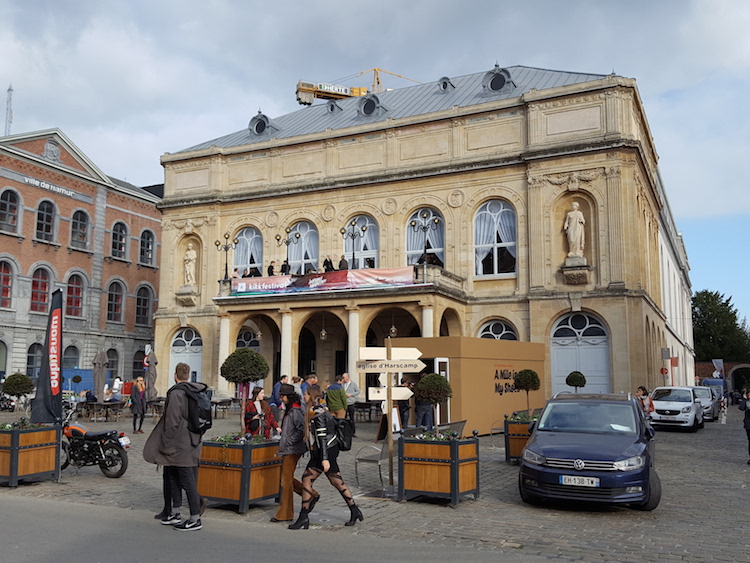
Underlying theme of this 7th edition, “Invisible Narratives” dissected the speeches around observation and invisible systems, inviting artists and conference-goers to reveal the deceptions and filtering carried out without our knowledge by hidden technologies and algorithms. On the main stage thus succeeded each other the cyberpunk author Bruce Sterling, the curator and blogger Régine Debatty, the maker-designer Camille Bosqué or still Phoenix Perry, game designer, researcher and teacher at London University.
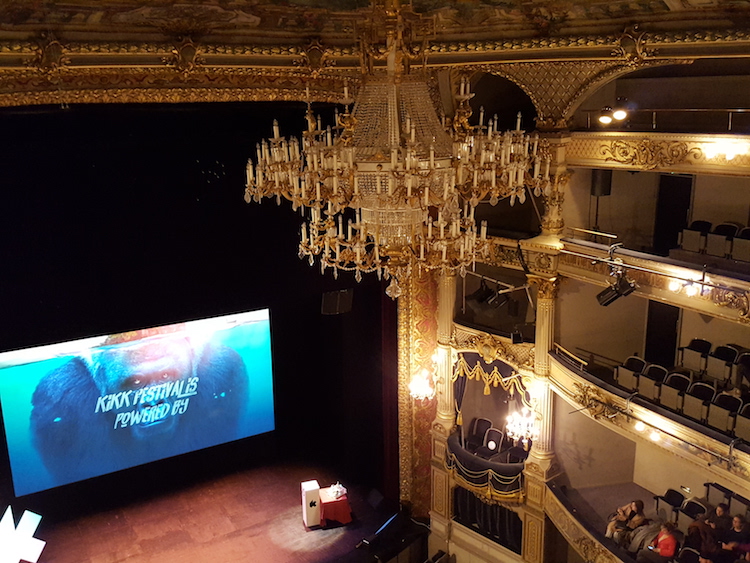
It’s taking place outdoors
As for outdoor installations, the German Niklas Roy’s music mill welcomed visitors at the entrance of the Kikk main exhibition with a desynchronized version of the tune Für Elise (2017) played by sound boxes powered by wind. For those who do not have fragile ears, the artist documented in open source his whole installation in order to reproduce it at home with minimum equipment.
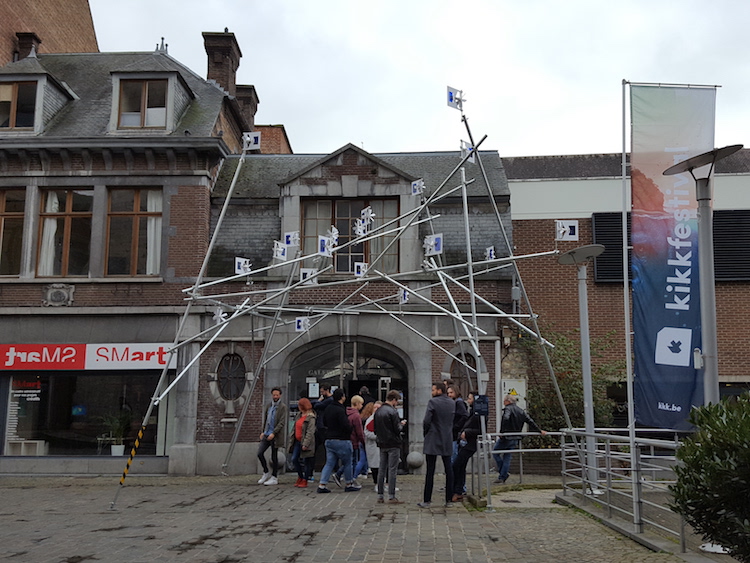
With Implosion Chamber, from Dmitry Gelfand and Evelina Domnitch, one remains with sound, but this time, with high-frequency waves disseminated in a cylinder filled with water that provoke the bursting of small air bubbles. Shimmering effect guaranteed.
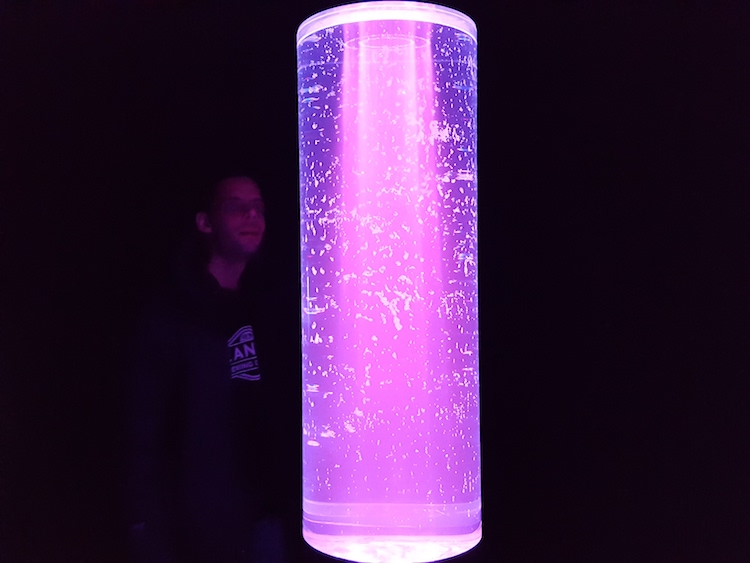
For its part, the Berlin collective Quadrature comes very close to the festival theme and its hidden stories with the installation Position of the Unknown, fifty two small machines that track the course of artificial satellites and other flying artefacts, the existence of which has not been demonstrated. Welcome to the universe of the X Files. In contrast with this minimalism, Wave Interference (2012), the Canadian Robyn Moody‘s kinetic sculpture, makes his neon lights ripple to the rhythm of a mechanical piano.
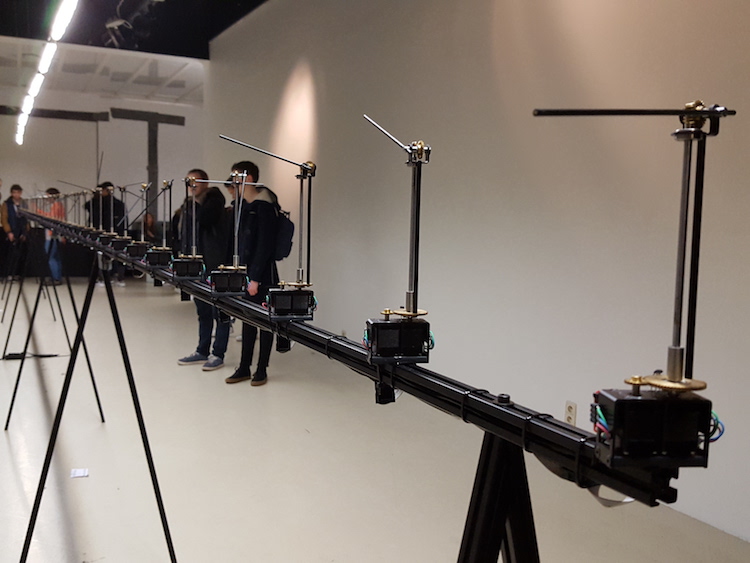
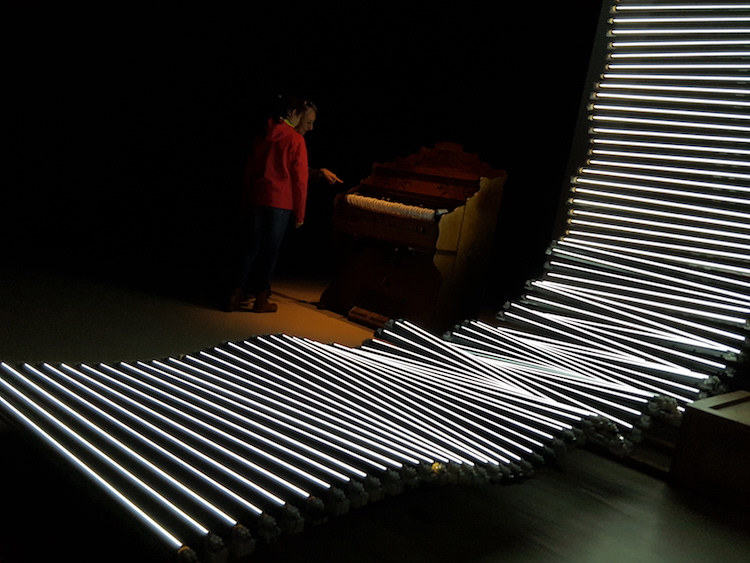
Kids also had their exhibition, with “Little Kikk” bringing together half a dozen fun and interactive works at the Notre-Dame de Namur school. Without surprise, mostly adults played with them. Mas que la Cara transforms faces by interpreting them with abstract graphic shapes, colors. Effective for a good reason: its author is the American Zach Lieberman, co-founder of the creative software Open Frameworks and avant-garde figure of media art.
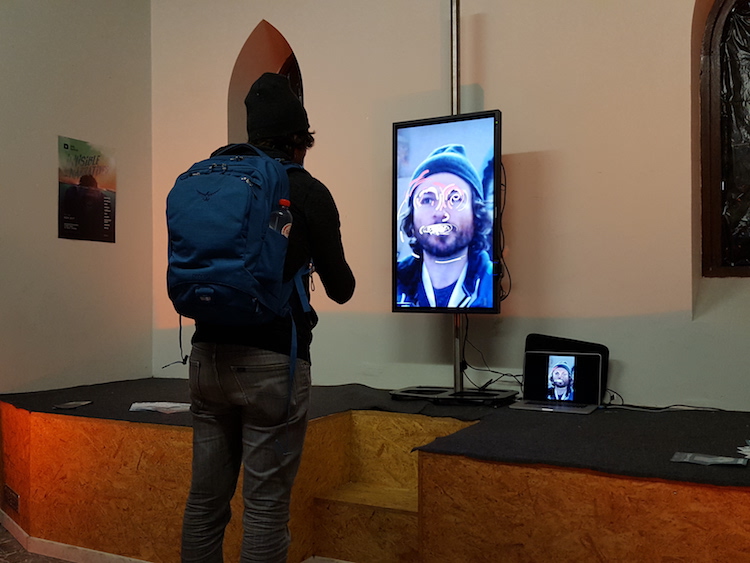
Kaleidoscope, the inter-media artist Karina Smigla-Bobinski‘s light box, makes colors float, come to life and mingle when you touch its surface. In the background, the hubbub of L’arbre à cerveaux (the brain tree) assembles children. Made by the Bodart brothers Florent and Romain, between a lute-making workshop and a fablab, this percussive musical installation is composed of twelve hammers hitting various resounding objects and a wood controller to modulate sequences.
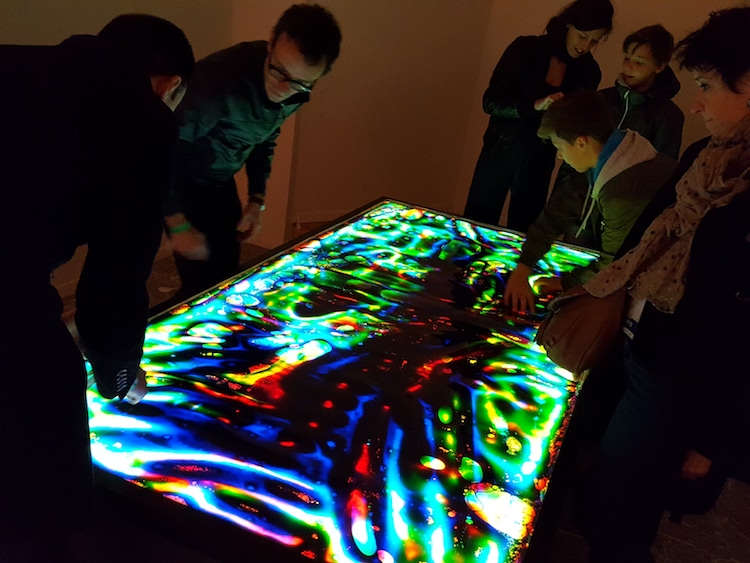
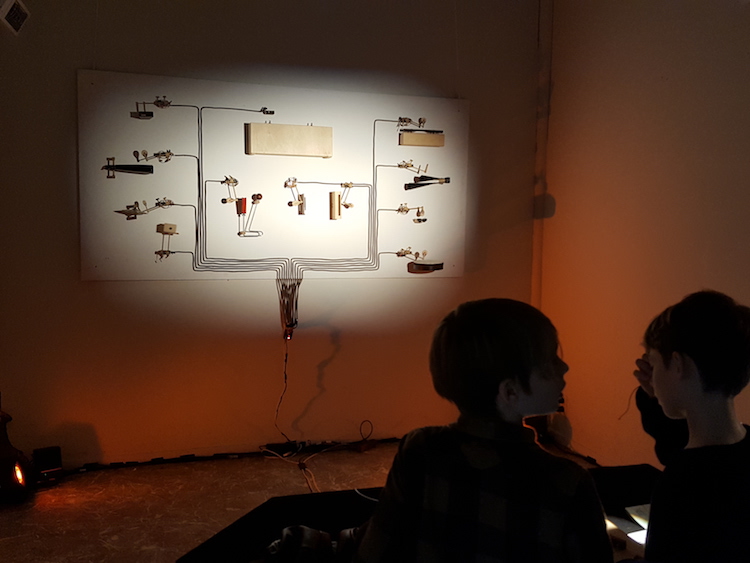
Makers in the spotlight
On the maker side, the Kikk festival had given itself a professional display look with its demonstration and sales covered market exhibiting prototypes tinkered in fablabs and local hackerspaces as well as already successful start-up projects, between two institutional delegations.
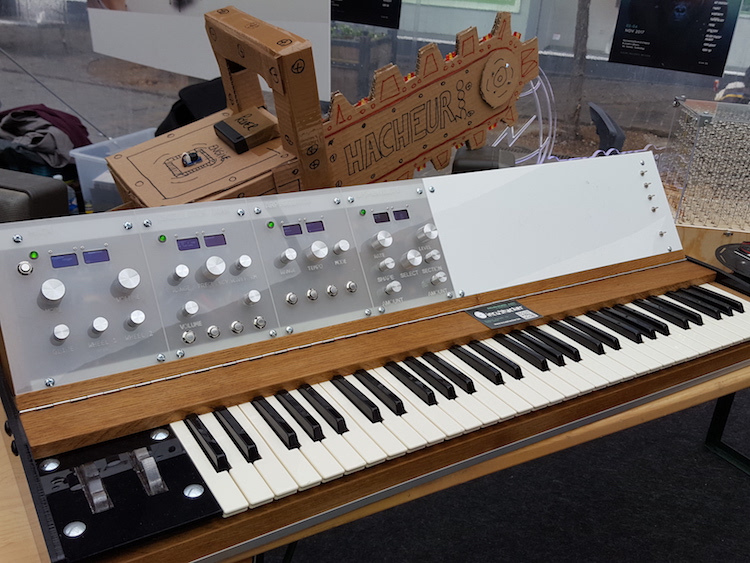
“Our public comes from all over the world, says Marie du Chastel. Visitors from the fields of communication, creative code, interactive development, from the business world… They needed a networking and business space, with a program of round tables and conferences for professionals.”
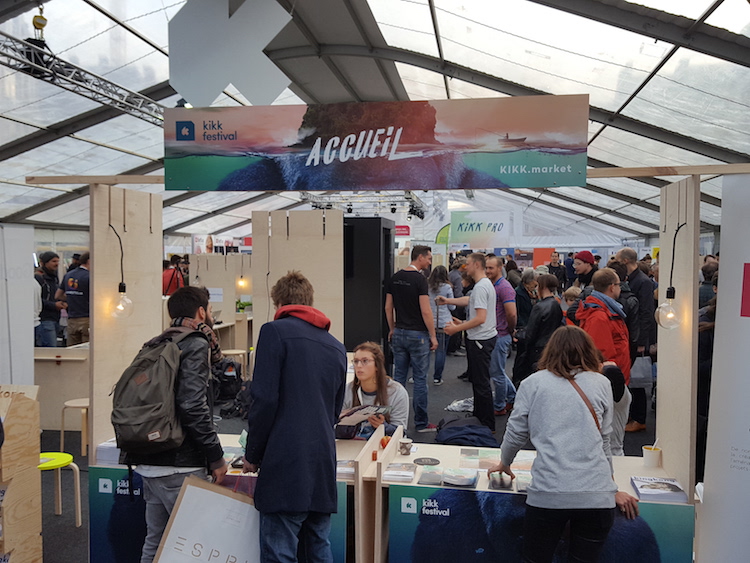
“There is great emulation here, says with enthusiasm Kat Closon, project manager of the Trakk Namur fablab and the Kikk festival when presenting the fifty or so exhibited projects. With this new more professional dimension of the Kikk Market, people will be able to sell their prototype if it is advanced enough”. Just like Maximom, a minimalist casing allowing you to play sounds in 8-bits, developed at the Trakk fablab. Its creators came to test the reaction of the public before considering its commercialization.
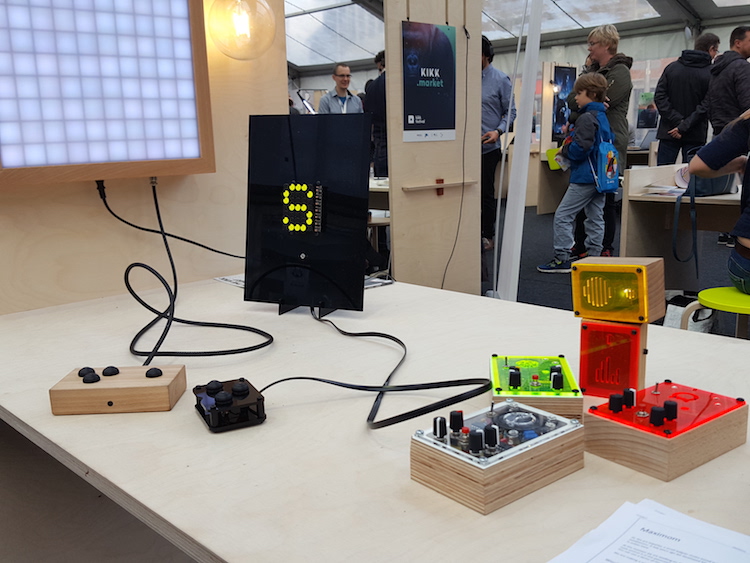
During three days, thousands of visitors were thus able to test autonomous cars, projects in virtual reality, but especially musical prototypes, some labelled Wallifornia MusicTech, a program bringing together actors of the music and innovation sectors among which the Liège festival Les Ardentes, the Kikk and the Liège theater. “Many projects come out in tech music, including at the fablab, but are often badly supported and we wish to feature them with this new program launched last December”, explains Kat Closon.
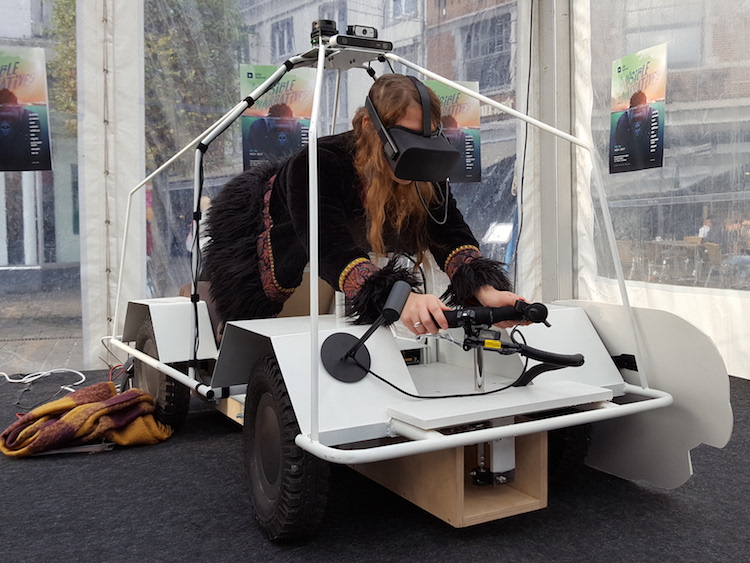
Founded three years ago by the Kikk, the BEP (economic bureau of the Namur province), Namur university and recycling facility, the Trakk fablab federated a solid community with its 200 members, according to Kat Closon, initially researcher in neuropsychopharmacology who landed in the fablab environment by chance after her thesis. Now a little cramped in its university premises, it should move to a sports center next year and triple its surface area. “We are financed by the Feder European funds, she points out. There are ten or so fablabs in Wallonia. At the beginning, each one had to sound out its community and its territory. Now that the network is rooted and that there is no competition between fablabs, the idea is to develop joint projects, relying on the specificities of each of them.”
